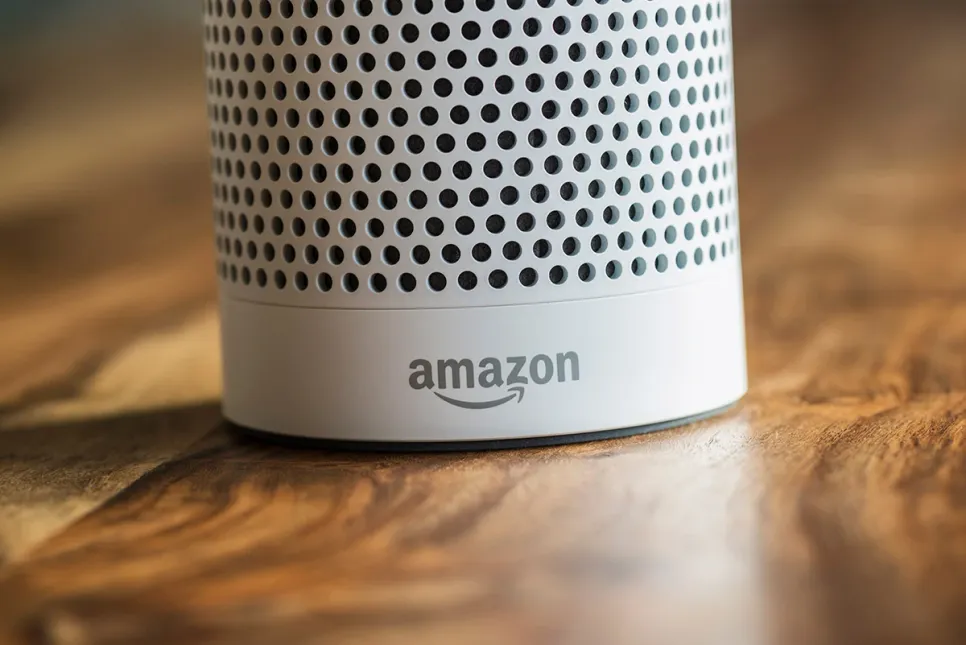Agentic AI Outpaces Growth Rates of Traditional GenAI
The enterprise agentic AI software market is set to surge from $1.5 billion in 2025 to $41.8 billion by 2030, according to Omdia.

The smart speaker revolution is coming to an end in North America as sales numbers plateau, but growth elsewhere in the world suggests that the revolution lives on outside North America, according to Omdia. New use cases in areas like healthcare offer the promise of a second life for the devices.
The compound annual growth rate (CAGR) for smart speaker annual shipments in North America is forecast to be just 1.3% for the 2021 to 2026 period, compared to the strong 118% CAGR that the market experienced from 2014 to 2021. Annual speaker shipments for Amazon have a forecast CAGR from 2021 to 2026 of -3.2% in North America, and Google won't fare much better in the market at 0.2%. Meanwhile, Apple is forecast to be one of the strongest brands from 2021 to 2026, with a CAGR of 11.7%, although this projected growth is predicated on the release of a new smart speaker; otherwise, Apple's growth is expected to be flat.
"Smart speakers have become ubiquitous in the US. The price point of many smart speakers today means the price isn't the barrier to further adoption," said Blake Kozak, Senior Principal Analyst for a smart home at Omdia. "If a consumer wants a smart speaker, obtaining one shouldn't be a problem assuming a broadband connection is present.
Kozak said that reaching this saturation point is largely due to Amazon, which in 2021 had an estimated installed base of 110 million speakers across North America, nearly double the installed base of Google. Since many households already have multiple smart speakers, Omdia believes consumers are starting to pull back. "In addition, since smart speakers don't need to be replaced unless they fail, growth is about to come to a grinding stop in the North American market," Kozak added.
Despite the leveling off in the smart speaker market in North America, the Omdia report points to more favorable growth prospects for the devices elsewhere in the world. The global smart speaker market was worth about $13 billion in 2021, up from about $12.1 billion in 2020. In terms of unit shipments, there were an estimated 190 million smart speakers shipped globally in 2021, forecast to reach 273 million annual shipments in 2026, or a CAGR of 7.5%. Asia and Oceania had the highest number of smart speaker shipments in 2021 in terms of units shipped, with 113 million units, followed by North America with 52 million shipments.
Although the utility of smart speakers has not evolved well, Omdia expects voice assistants will continue to play a big role in smart homes. But the smart speaker may no longer be the primary means of interacting with voice assistants by 2030. Instead, voice assistants will have dedicated use cases such as TVs, set-top boxes (STBs), appliances, and over-the-top (OTT) devices with built-in microphones. Later this year and in 2023, consumers can expect broader opportunities for smart speakers, especially as part of an omnichannel approach to healthcare services.
In short, Kozak said, there is a macro trend in healthcare to provide services outside of the traditional clinical environment, which is providing a strong tailwind for devices in the home and potentially other businesses for smart speakers and IoT devices. "The smart speaker era is coming to an end, but the usefulness of these devices can be prolonged with the introduction of new use cases like healthcare," Kozak said. "Although the smart speaker itself will soon begin to fade, voice assistant technology will continue to play a significant role in smart homes. But instead of residing mostly in speakers, the technology will find its way into other devices in the home and will be blended with enterprise use cases.